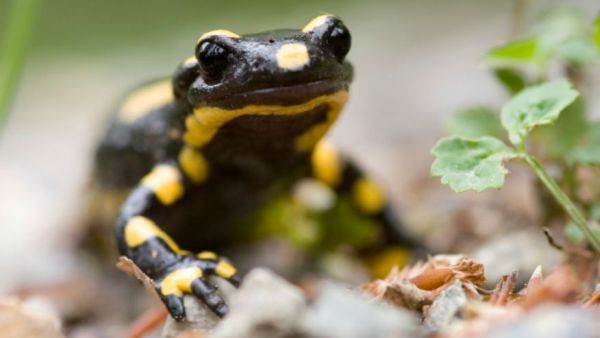Salamanders have long been known for their ability to successfully regenerate lost body parts like limbs or tail which works just like as original. This novel ability of salamanders has fascinated researchers working in the area of regenerative medicine and have been engaged in understanding the exact regeneration process. Finally, researchers from University College London seem to have unfolded the regeneration process of salamanders.
Researchers in their study to understand the advanced regenerative capabilities of salamander, have found an important biological pathway known as ERK pathway (Extracellular signal-regulated kinases), which involves a chain of protein to remain activated constantly for salamanders to achieve regeneration of amputated body parts. This continuous activation of proteins stimulates the salamander’s cells, to divide and proliferate, which helps in slowly growing back the lost body parts. Though the study has still a long way to go before desired results can be achieved in humans, the findings will help in understanding the regenerative capability of cells across different animals.
Researchers identified a major difference between the ERK pathway of humans to that of salamanders. This difference gave importance insight in understanding why humans are incapable of regenerating lost limbs unlike salamanders that are also the only vertebrate, capable of regrowing not just limbs and tails, but even eyes, jaws, organs and spinal cords. The researchers observed that ERK pathway in adult mammalian cells are not fully active. When these cells are coerced to be active they exhibit enhanced reprogramming and regeneration capabilities. In salamanders, the ERK pathway remains constantly activate till the amputated part is fully reformed. On the other hand, ERK pathway remains briefly activated in humans, rendering them incapable of such regenerative mechanism.
In salamanders, researchers observed that ERK pathway was constantly active in the cells adjoining the wound and the ERK proteins conveys vital information to the nuclei (holding cell’s genetic material) from outside the cells. Upon receiving the information the cells cease its current activity and start the process of cell division for forming the lost body part.
With this substantial breakthrough in understanding the regenerative capability of salamander, researchers in the future would try to extend the knowledge in activating the ERK pathway in humans by inducing new DNA or other molecules that could stimulate the pathway in mature tissues. Using the findings new therapies can be directed to enhance regenerative capability of humans. The research brings a new hope for people with amputee.
Source: FoxNews




